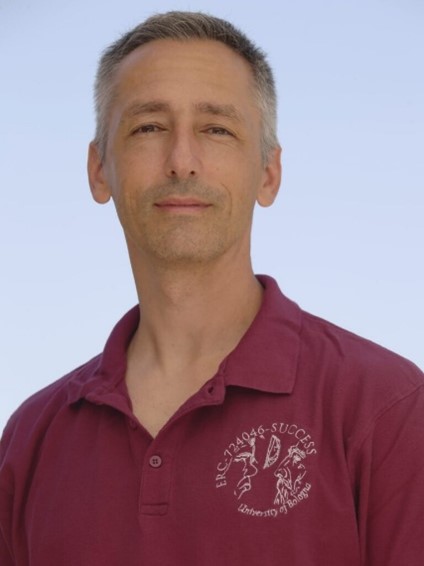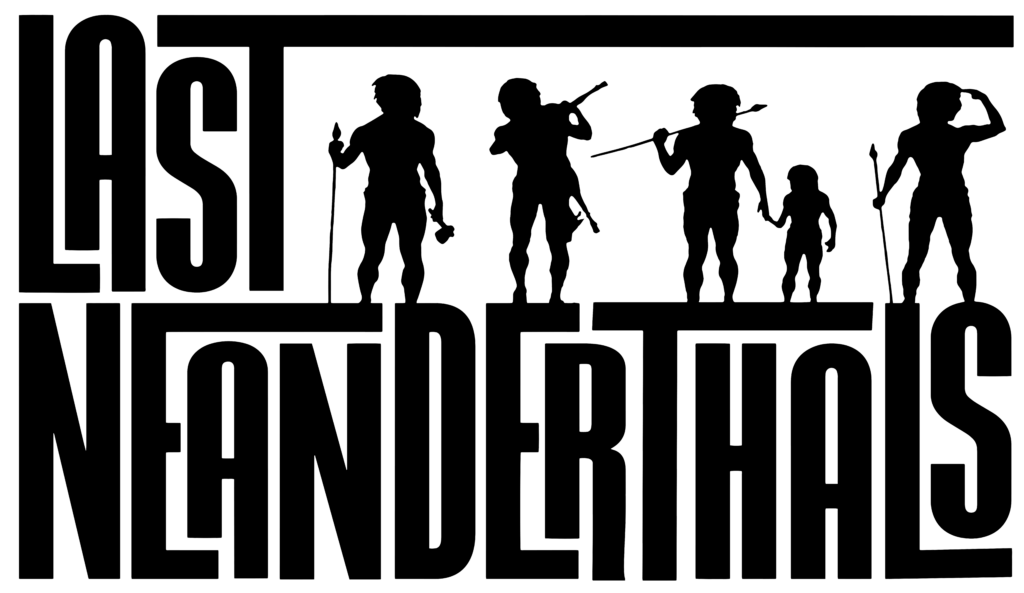bologna

STEFANO BENAZZI
Stefano Benazzi is a paleoanthropologist specializing in the study of Pleistocene hominins, particularly the more recent phases of human evolution. Since his postdoctoral research period at the Max Planck Institute for Evolutionary Anthropology (Leipzig, Germany) in 2012, he has been a pioneer in the application of cutting-edge digital methods for the study of human fossil remains. He has employed techniques such as geometric morphometrics, finite element analysis and enamel thickness studies, becoming an internationally recognized expert in the field.
In 2017, he founded and still directs the BONES Lab (Laboratory of Osteoarchaeology and Paleoanthropology) at the University of Bologna — a cutting-edge center dedicated to the holistic study of faunal and human remains. Here, he combines traditional and innovative methods, including paleoproteomics (e.g., collagen peptide fingerprinting – ZooMS), dental histomorphometric analysis, digital morphometric techniques and biomechanics.
Thanks to his background in both archaeology and biology, he has always approached the study of human evolution with a multidisciplinary and interdisciplinary perspective, as demonstrated by his publication record and the results of his two projects funded by the European Research Council (ERC): SUCCESS and LAST NEANDERTHALS. These grants enabled him to create an outstanding interdisciplinary research group and to carry out innovative studies in the field of paleoanthropology.
laboratory
Bones Lab
The Laboratory of Osteoarchaeology and Paleoanthropology at the University of Bologna (Bones Lab), headed by Dr. Stefano Benazzi, is located in the Department of Cultural Heritage (Campus of Ravenna). The lab offers tools and equipment to support teaching and research in the fields of human and non-human skeletal remains, taxonomic identification and the recognition of pre and post-depositional alterations observable on human, faunal and material culture remains.
The laboratory is equipped with cutting-edge technology for 3D recording, photographic and photogrammetric acquisition, analysis, reconstruction and virtual restoration of anthropological and archaeological finds.
Additionally, it provides specialized equipment for histological analysis, enabling researchers to study microscopic structures of tissues to infer growth, development and early life histories.
Proteomics research is also conducted at the lab, focusing on analyzing ancient proteins for species and sex identification.
For lithic analysis, the lab is equipped to study stone tools and their production techniques, providing insights into the technological and cultural behaviors of past populations.
The state-of-the-art microscopy facilities enable high-resolution imaging of archaeological materials, including dental tissues as well as tooth, bone and lithic surfaces, to support investigations in wear analysis, material identification and microstructural studies.
The research projects developed at Bones Lab focus on human evolution and adaptation, morphological and functional analysis of various anatomical districts, evolutionary medicine, forensic anthropology, human migrations, virtual restoration and the study of biocultural change mechanisms underlying the variability of the genus Homo.
In the Zooarchaeology section of the BonesLab in Ravenna, UNIBO, our team studies faunal remains to uncover insights into past ecosystems, human activities and environmental changes. We focus on the ecological dynamics, faunal composition and climatic shifts that shaped the environments of the last Neanderthals.
Through meticulous analysis of animal remains, we reconstruct ancient faunal assemblages – each tooth and bone tells its own story!
By closely examining bones and teeth, we identify species, explore diets and investigate natural and human-induced processes.
Using advanced imaging techniques, we decode microscopic traces, revealing taphonomic changes and evidence of human interactions with fauna.
